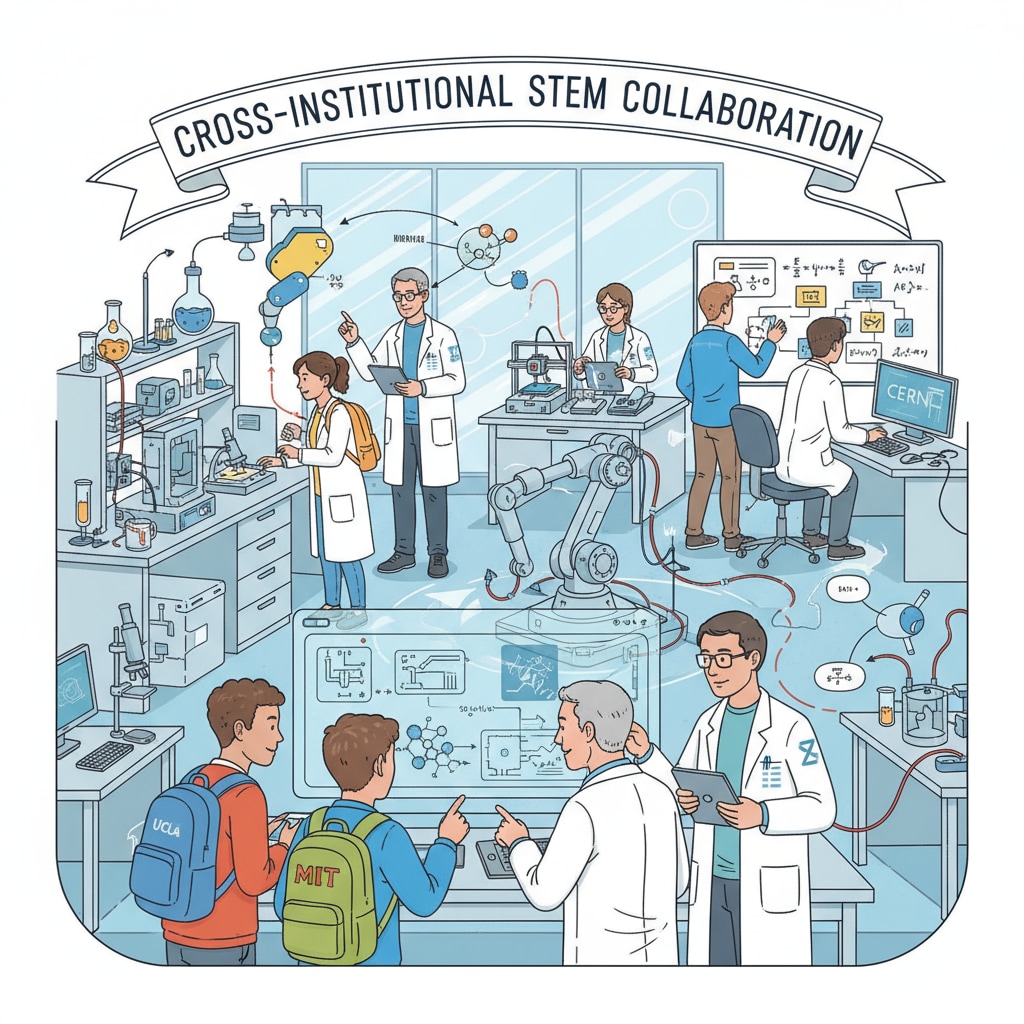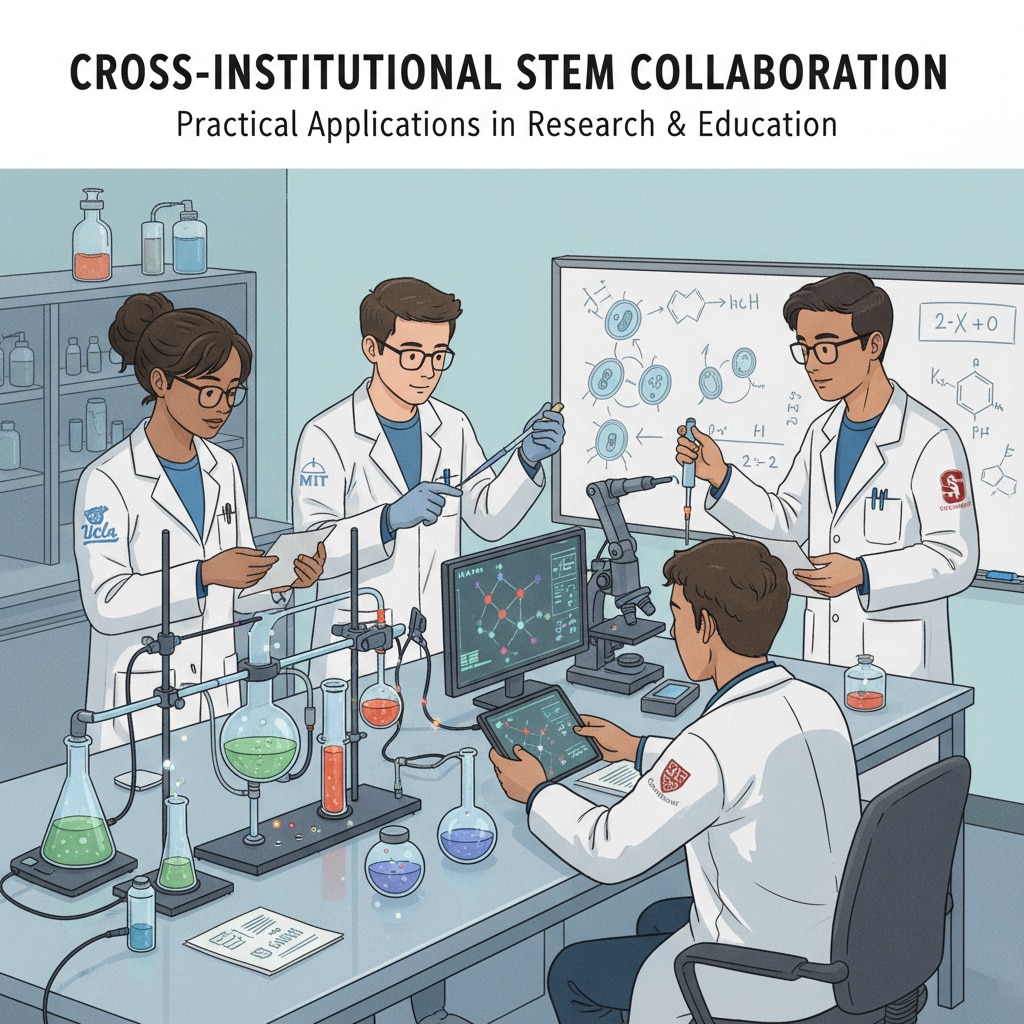STEM education, partnerships, and cross-institutional collaboration play a crucial role in shaping the future of education. In today’s rapidly evolving world, the need for a well-rounded and innovative approach to STEM education has become more important than ever. By bringing together different institutions, we can create a dynamic learning environment that nurtures students’ curiosity and fosters their growth in science, technology, engineering, and mathematics.
The Significance of Cross-Institutional Collaboration in STEM Education
Cross-institutional collaboration in STEM education allows for the pooling of resources. Schools often have access to academic knowledge and teaching facilities, while businesses possess real-world expertise and cutting-edge technologies. Community organizations can provide unique learning opportunities and connections to local resources. For example, a local tech company might partner with a school to offer internships to students, giving them hands-on experience in a professional setting. This kind of collaboration not only enriches the students’ learning experience but also bridges the gap between theory and practice. STEM education on Wikipedia

Models of Cross-Institutional Collaboration
One common model is the resource-sharing model. Schools can share their libraries, laboratories, and teaching materials with other institutions. Businesses can offer their employees as guest speakers or mentors. Community organizations can provide access to community spaces for STEM activities. Another model is the project-based collaboration. Different institutions come together to work on a specific STEM project. For instance, a school, a research institution, and a local environmental group might collaborate on a project to study and address local environmental issues. This model encourages teamwork and problem-solving skills among students. Education on Britannica

Professional development is also an important aspect of cross-institutional collaboration. Teachers can participate in workshops and training programs organized by businesses or research institutions to stay updated with the latest industry trends and teaching methods. This, in turn, helps them better prepare their students for the challenges of the modern workforce.
Readability guidance: In this article, we have explored different aspects of cross-institutional collaboration in STEM education. We have seen how it can bring multiple benefits and the various models through which it can be achieved. By continuing to foster these collaborations, we can create a more sustainable and effective STEM education ecosystem.


